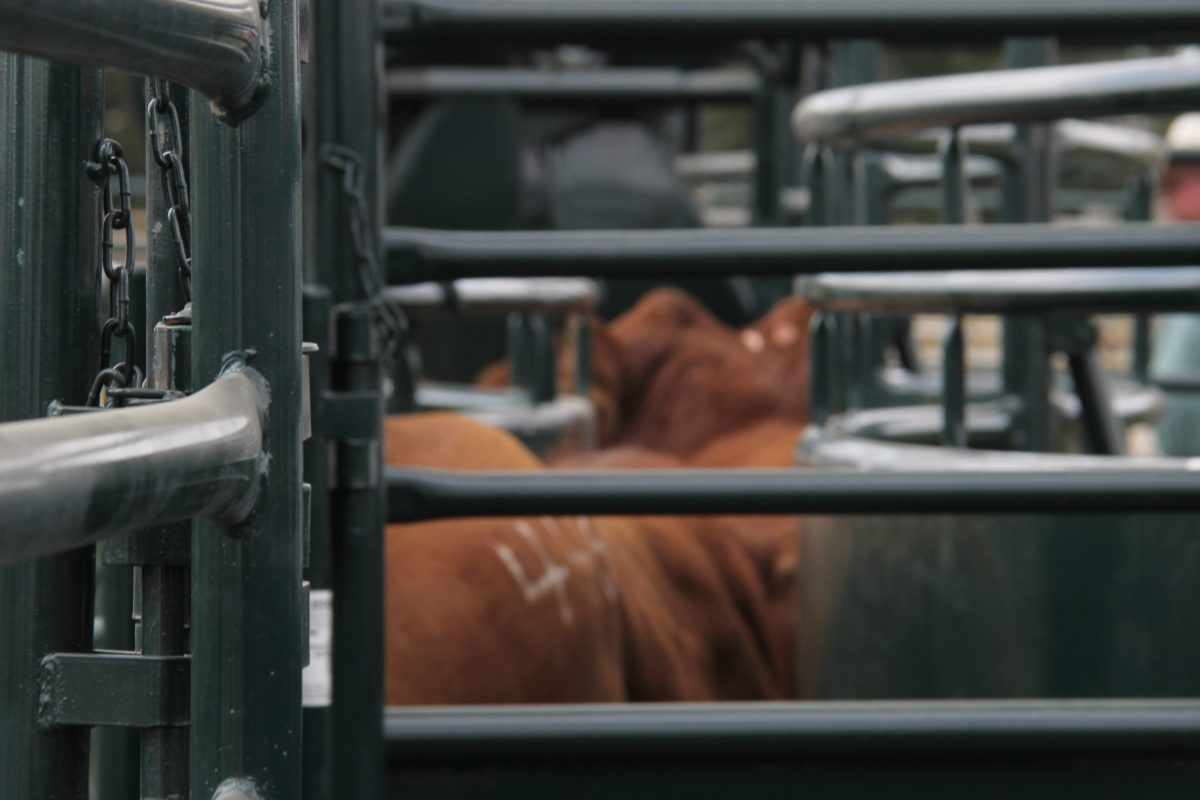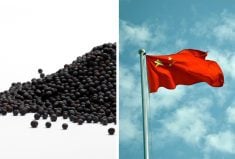KIEV/MOSCOW, Nov 17 (Reuters) – Major Black Sea grain producers Ukraine and Russia have almost completed winter sowing, with Russia benefiting from good weather conditions whereas cold temperatures pose risks to Ukraine’s crop, analysts and traders said.
Favourable weather conditions in Russia have allowed farmers to increase the sowing area and they expect a good harvest, while poor weather in Ukraine has raised concerns about grain output next year.
Russia’s winter grains are in a very good condition two weeks before the start of the winter and have been sowed during the most preferable period, the head of state weather forecaster Hydrometcentre said.
Read Also

U.S. livestock: Live cattle hit contract highs on cash market strength
Chicago | Reuters – Chicago Mercantile Exchange live cattle futures climbed to fresh contract highs on Thursday as a firm…
“We are entering this winter with very good prospects.”
The sowing area covered by Russian farmers this year is the largest in seven years and they may plant more in the coming weeks, improving prospects for the 2017 crop after this year’s record crop.
As of Nov. 15, they had sown winter grains on 42.5 million acres, up from 40.3 million acres at the same time a year ago, and on 99 percent of the originally planned area.
Farmers can sow up to 35.6 million acres this autumn, a leading analyst in Moscow estimated.
Russian officials do not disclose the share of winter wheat in the total winter grains area, but in the previous two years it was at 86-87 percent, according to SovEcon consultancy.
Vilfand said the coming winter is expected to be colder than the previous mild one but in line with the average of previous years.
UKRAINE: NOT PERFECT
The winter wheat sowing area in Ukraine, where summer drought was replaced by heavy rains in October, is around 14.6 million acres, below the initially forecast 15.3 million acres, analyst UkrAgroConsult said.
Farmers planted 13.8 million acres of winter wheat last year, when drought forced farmers to terminate sowing.
“Late planting, a substantial temperature drop in November preceded by drought have added to the risk of crop loss while wintering,” UkrAgroConsult said in a report.
“The first forecasts have appeared, suggesting that over 15 percent of winter crops will be reseeded in spring,” it added, saying that the winter loss rate was up to seven percent in the previous years.
Ukraine’s winter wheat harvest is highly dependent on moisture content in the soil during the autumn sowing, air temperatures in winter and favourable weather in spring, but traders say it is too early to forecast a poor harvest.
“Our forecast is moderate. We didn’t have a perfect start but the situation is not critical,” a big foreign trading house said, adding that his 2017 wheat harvest outlook is 23.5 million tonnes versus around 26 million tonnes in 2016.
“All depends on how cold it gets,” agriculture minister Taras Kutovy told reporters last week, saying the current conditions made it hard to make accurate forecasts.













